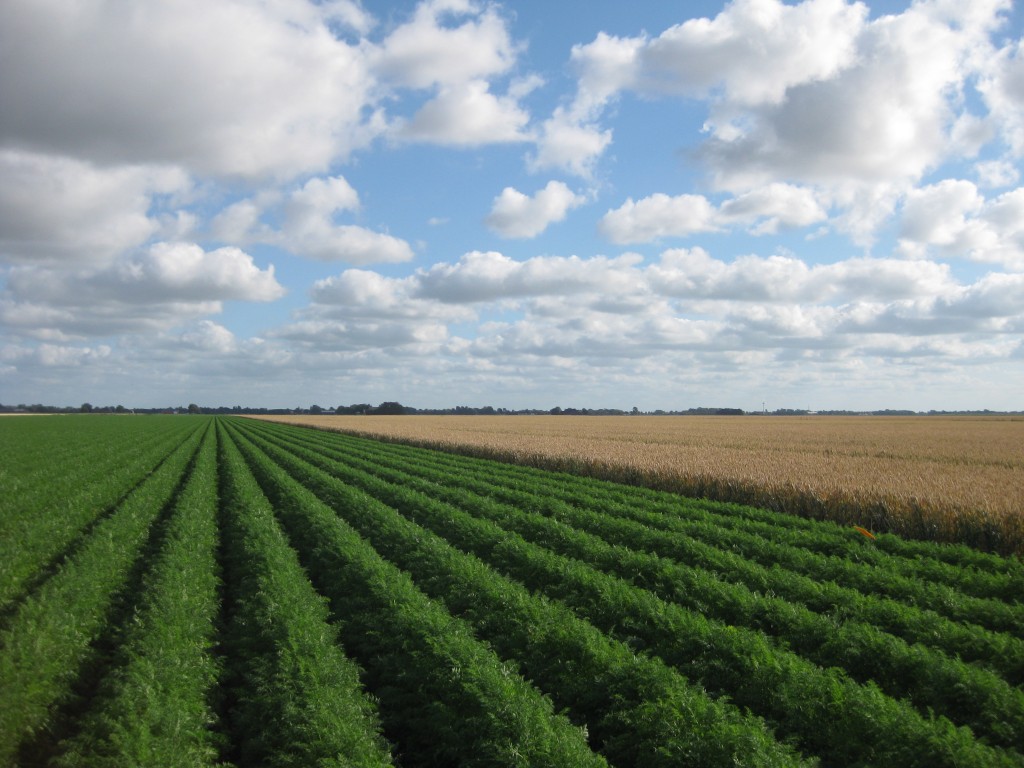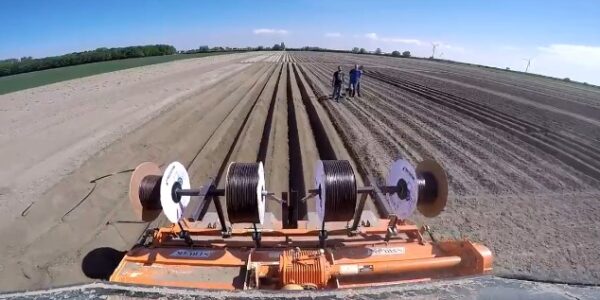Winter: laying the foundations
In winter, our work starts with the soil. Together with the grower, you analyse soil samples, assess nutrient deficiencies or surpluses, and draw up a fertilisation plan at plot level. You also discuss the use of organic fertiliser and tailor it to the needs of the crop. In this way, you help farmers draw up an efficient and legally compliant plan that also saves costs.
Spring: putting the plan into practice
In February, the plan becomes concrete. You guide the grower through the practical implementation: from choosing green manure to assessing profile pits and tackling disruptive layers in the soil. You even discuss details such as tyre pressure and tyre types, as these can have a major impact on soil structure and yield.
Summer: monitoring and adjusting
As soon as the crop starts to grow, you keep a close eye on it. Using plant sap analyses, you monitor the nutritional status of the crop and provide timely advice on additional fertilisation. Because you work independently, you always give advice that is truly tailored to the plot and the situation – not based on a product, but on the crop.
Autumn: looking back and looking ahead
After the harvest, you review the season together with the grower. What went well? What could be improved? You use the insights from this evaluation directly as input for the next growing year. In this way, you continuously work on improvement – for the soil, for the crop and for the grower’s business.









